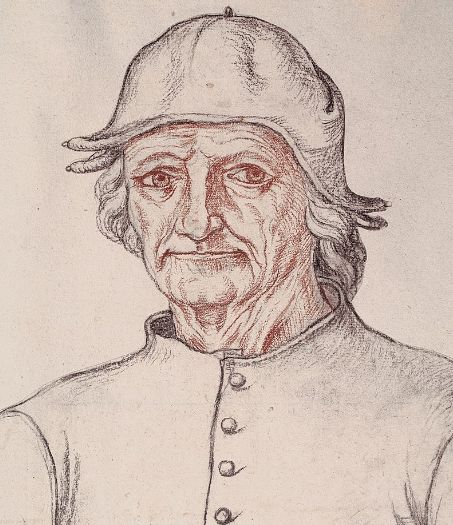In the history of Netherlandish painting, the tradition established by the van Eyck brothers had a profound influence, especially from the 15th to the early 16th century. However, the most unique and innovative painter of this period was undoubtedly Hieronymus Bosch, who not only deviated from van Eyck's tradition in artistic style but also carved a niche for himself in art history with his distinctive visual language and rich imagination.
Bosch, originally named Jeroen van Aken, was born around 1450 and died in 1516. He spent most of his life in the isolated village of s'Hertogenbosch, also known as Den Bosch, from which he derived his name. His artistic creation was evidently influenced by religion, astrology, astronomy, and travel literature. However, more importantly, he developed a chaotic and unique personal imagination.
One of Bosch's most famous works is "The Garden of Earthly Delights", a triptych over 215 cm in height, considered one of his most intricate and complex pieces. Although the exact theme and original function of this painting remain controversial, some scholars believe that when the triptych is closed, the outer panels represent the world during the Flood, while the central panel depicts the world before the Flood, with the left connecting to Eden and the right to Hell, illustrating the origins of sin, indulgence, and punishment.

Bosch's artistic style significantly differed from his contemporaries in the Italian Renaissance. Although Leonardo da Vinci lived almost at the same time as Bosch, Bosch's works were far removed from the spirit of the Italian Renaissance. He emphasized human frailty and deficiency rather than beauty and nobility. While Italian artists praised the pleasures of the flesh, Bosch condemned them as the author of "The Imitation of Christ" might. His works were filled with criticism of human folly and sin, which is particularly evident in his depictions of Hell. In these scenes, musical instruments become the devil's messengers, surrounding the damned and creating a strong visual impact.
Bosch's visions of Hell were not merely symbolic collections but true images. Using new techniques of visual representation, he mastered an illusion of boundless, flowing space. In his works, humans, demons, and various bizarre objects seem to float in chaotic regions, depicted with such precision and form that they possess a strange realism. Even the most grotesque forms have a disturbing physicality, distinguishing Bosch's work from the monstrous demons prevalent in medieval art.

Bosch's art was not only visually complex and fantastical but also intellectually profound. His works are often seen as explorations of human morality and spiritual states. His visions of Hell might have been inspired by the Book of Isaiah, depicting those who seek earthly pleasures and are punished for their indulgence. Through his art, Bosch revealed human vulnerability and struggle in the face of temptation and moral choices.
Bosch's unique artistic style stood out in the 16th-century Netherlandish painting scene, contrasting sharply with the tradition of the van Eyck brothers. The van Eyck brothers' work focused on detail and precise depiction of reality, laying the foundation for the Flemish school of painting. However, Bosch forged a new artistic path through his creations. His works not only have a strong visual impact but also explore complex symbols and metaphors, delving deeply into human spiritual and moral issues.

Bosch's art not only garnered widespread attention and praise during his time but also influenced later generations. In the mid-16th century, Spanish King Philip II not only collected Bosch's works extensively but also commissioned their reproduction into luxurious tapestries, highlighting their artistic value and intellectual depth. Through this means, Bosch's art transcended geographical and temporal boundaries, becoming an indispensable part of European art history.
Hieronymus Bosch, through his unique artistic creations, depicted the complexity and vulnerability of human morality and spirituality. His works are not just visual spectacles but profound reflections on human nature. In the history of Netherlandish painting, Bosch's artistic achievements are undoubtedly extraordinary and unparalleled, and his influence will continue to resonate in the annals of art history.